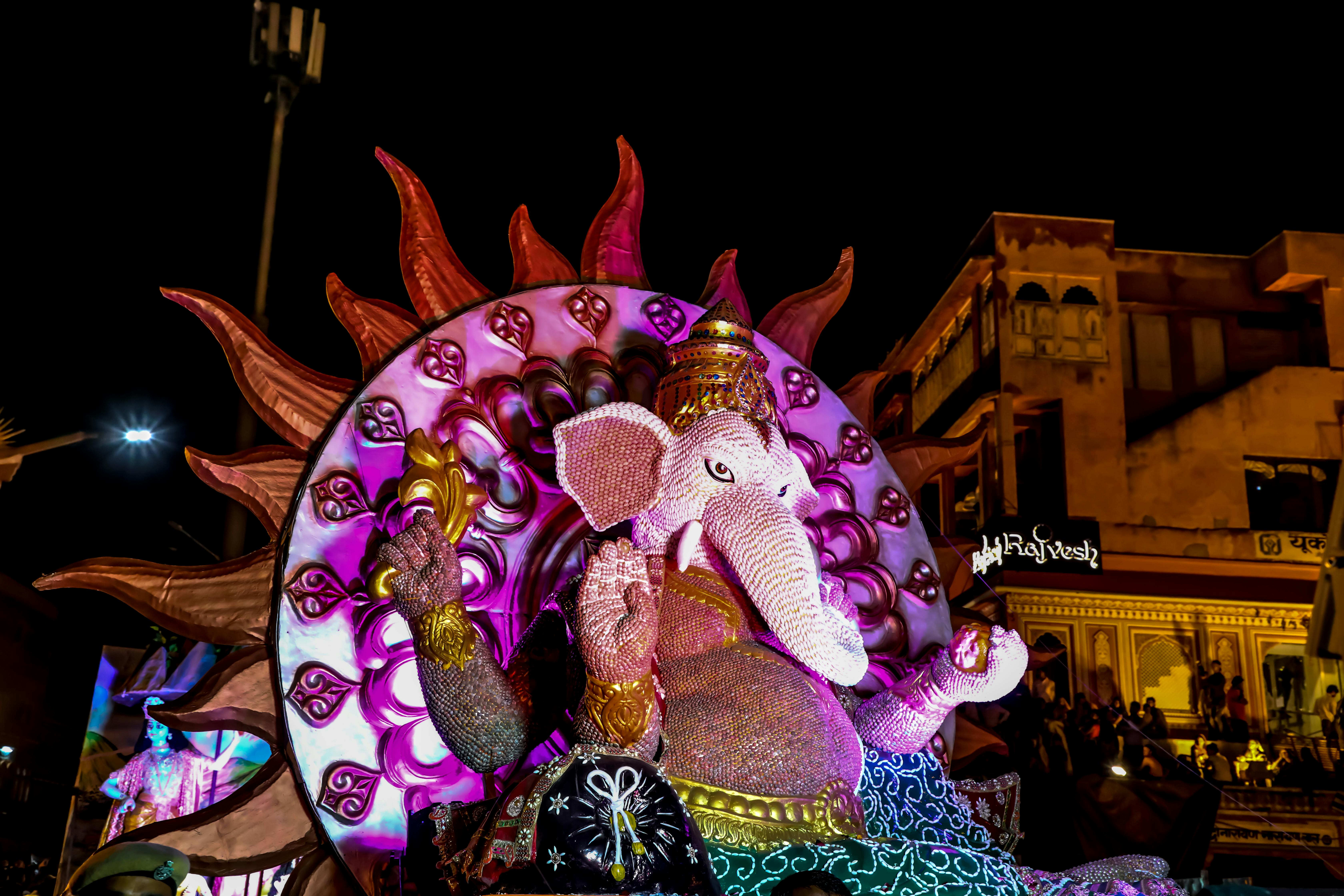Ventricular septal defect (VSD) is the most common congenital heart condition that can be an isolated VSD or as part of a complex heart condition that can be a complete endocardial cushion defect, tetralogy of Fallot, or truncus arteriosus. Also known as ‘hole in the heart’. The defect is seen in the septum that separates the right and left ventricles.
It is a disease complex that affects both boys and girls and due to this defect there is a shunt of blood from left to right, that is, movement of blood from the left part of the heart to the right part.
PATHOLOGY
This defect can occur anywhere in the septum and most commonly in the membranous part of the septum. It can also be seen on the muscle part and is often not multiple and minute, which is known as the ‘Swiss cheese appearance’. In the normal dynamics of blood flow in the heart, the pressure in the left side of the heart is higher than that in the right, and therefore blood initially flows from the left side of the heart to the right side, which will cause flooding of the lungs and a reduction in cardiac output, which is the amount of blood pumped from the heart into the systemic circulation.
CLINICAL MANIFESTATION
It depends on the size of the defect and the level of drift from left to right. In small VSDs, these children are often asymptomatic and the defect is detected during routine medical checkup. Medium and large VSDs tend to present early in infancy where the child will be easily fatigued as seen in pauses while nursing, excessive sweating, low weight. gain, recurrent chest infection, early-onset congestive heart failure. Signs may include tachycardia (rapid heartbeat), tachypnea (rapid breathing), painful hepatomegaly (liver), precordial bulge in long-term heart failure, enlargement of the heart, a murmur which is an abnormal sound heard with the aid of a stethoscope. This is usually a grade II to V systolic regurgitation murmur best heard at the left lower sternal border. When pulmonary hypertension develops, a loud P2 may be heard and a diastolic rumble may also be heard at the apex of the heart when there is excessive left-to-right shunting.
VSD is a treatable condition treated by medical or surgical modalities. With the availability of sophisticated imaging tools such as electrocardiography and magnetic resonance imaging, the type and location of the defect can be easily determined and subsequently treated. It is worth mentioning that the smaller IVCs then close spontaneously before the age of 4 years and even the larger ones tend to reduce in size.


